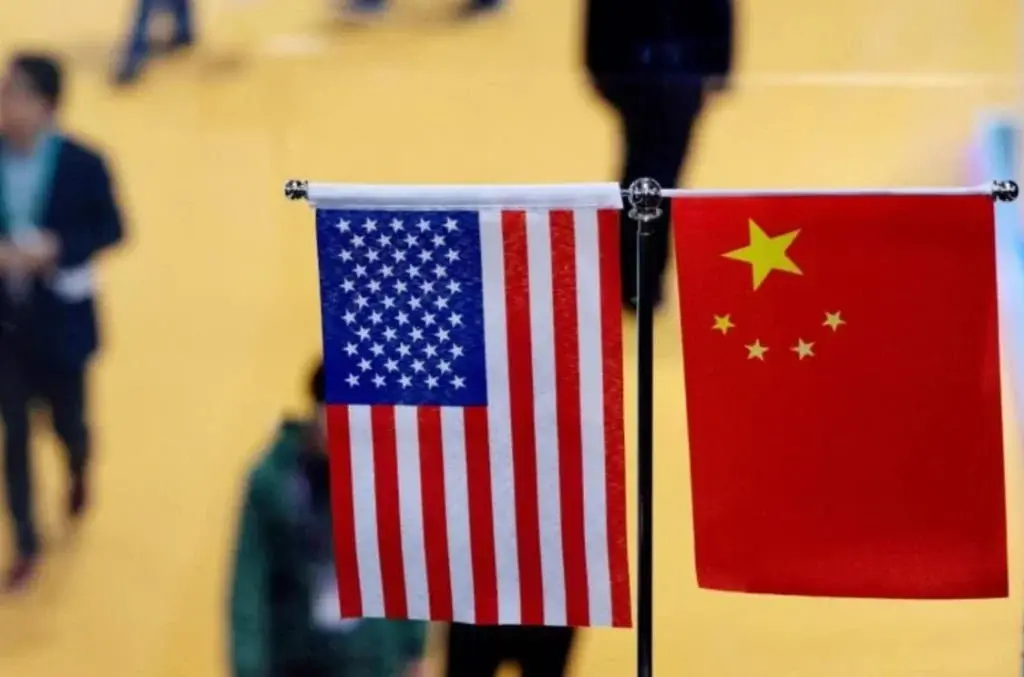A recent study by the International Renewable Energy Agency (IRENA) estimates that the yearly sales of electric vehicles (EVs) could hit 60 million units by 2030 to comply with the 1.5°C target. This figure is over four times the current sales of 14 million vehicles as of 2023. Such a swift increase in EV usage will require a notable rise in the production of essential minerals used in batteries.
Projected Battery Demand
The report titled Critical Materials: Batteries for Electric Vehicles predicts that the annual demand for EV batteries will soar from 850 gigawatt-hours (GWh) in 2023 to more than 4,300 GWh by 2030, marking a fivefold surge. While the document suggests that existing reserves of critical minerals are adequate to satisfy this demand and even produce potential surpluses, it stresses that proactive policies are vital to avoid supply shortages.
Supply Chain Challenges
For lithium, IRENA anticipates a possible surplus of 25% by 2030. Nevertheless, issues within the supply chain might lead to a deficit of as much as 40%, emphasizing the importance of good supply chain management. Cobalt presents more significant challenges due to a strong dependence on nickel-cobalt combinations in batteries. The report suggests that enhancing current supply channels and improving technologies to lessen cobalt reliance could prevent shortages. Likewise, nickel shortages can be addressed by speeding up the shift to LFP (lithium iron phosphate) and LMFP (lithium manganese iron phosphate) battery technologies, which depend less on nickel.
Innovation and Sustainability
The research highlights the critical role of ongoing innovation to maximize the usage of vital minerals.
“With the sustainable growth of material supply chains, along with ongoing advancements in battery technologies, nations can satisfy the increasing need for EV battery materials. This is achievable even with a rapid rise in EV adoption, following a 1.5°C decarbonization strategy,” the report emphasizes.

